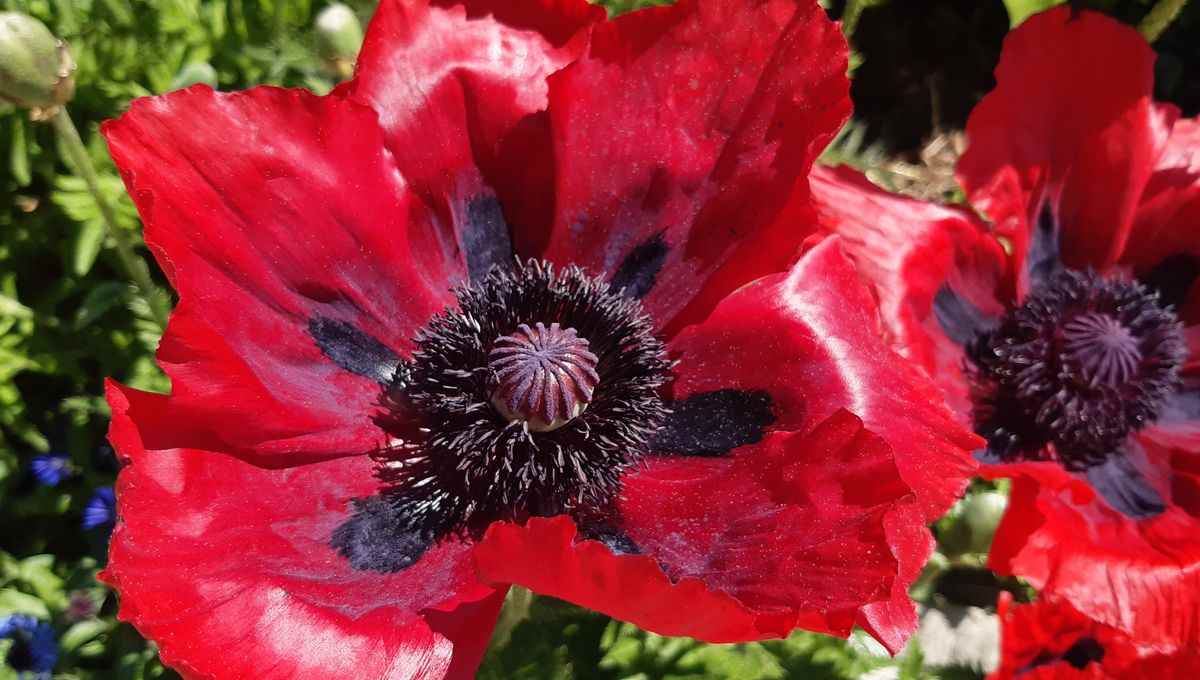What is a perennial plant?
Scientists have the binomial nomenclature established by Karl Von Linnaeus in the 17th century (which led to “systematics”), a very intelligent technique because it is universally adopted by the scientific world, even if it is beginning to be replaced by phylogenetic or cladistic classifications.
But horticulturists and gardeners need other classification methods to be able to understand and grow plants. This is why a much less precise method of classifying plants according to their way of life has been established.
Thus, we have plants, annuals, perennials, biennials, monocarpals, herbaceous plants, so-called bulbous plants, aquatic or palludean plants, shrubs and sub-shrubs, trees, etc.
– Jacques Ginet
Perennial plants actually only have a fairly short flowering period, around 1 to 3 weeks on average, but these plants provide such a variety of shapes and colors that it is difficult to tell pass through our gardens.
The perennial plant is both a herbaceous plant which lives and flowers for several years in a row and which can withstand the rigors of the climate of a given region. This appellation is therefore partly linked to the place where it is grown.
But professionals have become accustomed to classifying as perennials, all the plants which generally survive in a temperate climate or in their country and possibly adding the mention rustic or not rustic in such a climate.
This is of course a rather subjective qualification.
Some examples :
Baskets of gold, columbines, oriental poppies, foxgloves, lupins, heleniumsgalliards, coreopsis, asters…

– Jacques Ginet
How and where are they used?
But beware, if these plants are perennial and hardy, they nevertheless present cultivation constraints, soil pH, air humidity, soil humidity, presence of organic matter, sunny or shady exposure…
Ask all your questions during the gardening program on Sunday morning on France bleu Isère from 9 a.m. to 10 a.m. by calling 04 76 46 45 45
